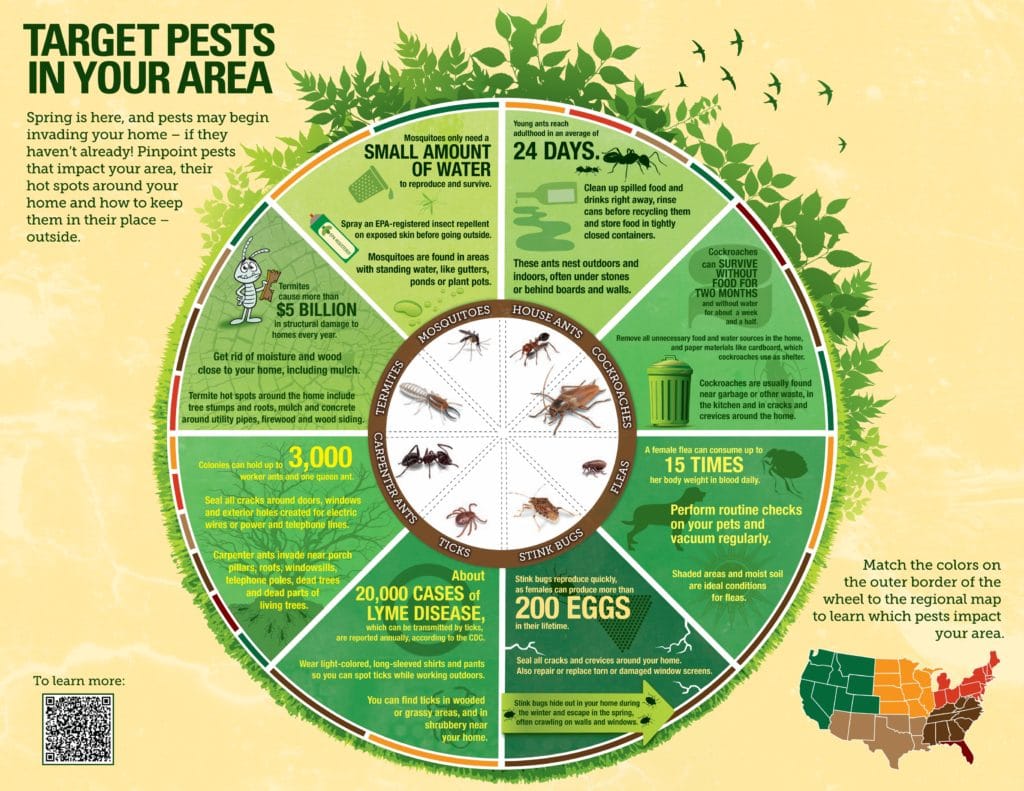Tips For Homeowners: How To Maintain Rodents Out Of Your Attic
Tips For Homeowners: How To Maintain Rodents Out Of Your Attic
Blog Article
Web Content Produce By-Jenkins Degn
Envision your attic room as a comfy Airbnb for rodents, with insulation as cosy as resort pillows and circuitry much more tempting than area service. Now, envision best pest control for rats throwing a wild party in your house while you're away. As a home owner, guaranteeing your attic is rodent-proof is not nearly comfort; it has to do with safeguarding your property and liked ones. So, what basic steps can you require to guard your sanctuary from these fuzzy trespassers?
Check for Entry Points
To begin rodent-proofing your attic room, inspect for entry points. Begin by carefully checking out the exterior of your home, looking for any kind of openings that rats can use to gain access to your attic. Check for gaps around utility lines, vents, and pipelines, as well as any type of cracks or openings in the structure or siding. Ensure to pay very close attention to locations where different structure materials fulfill, as these are common entrance factors for rats.
In addition, check the roof covering for any kind of damaged or missing shingles, along with any type of spaces around the edges where rats could press via. Inside the attic room, seek indicators of existing rodent task such as droppings, chewed cords, or nesting products. Use a flashlight to completely check dark corners and concealed rooms.
Seal Cracks and Gaps
Evaluate your attic room completely for any kind of splits and voids that need to be sealed to avoid rats from going into. Rats can squeeze through even the smallest openings, so it's critical to seal any possible entrance points. Inspect around pipelines, vents, cords, and where the wall surfaces meet the roof covering. Utilize a mix of steel woollen and caulking to seal off these openings properly. Steel woollen is an excellent deterrent as rats can not eat with it. Guarantee that all gaps are firmly sealed to deny accessibility to unwanted insects.
Do not overlook the relevance of securing spaces around windows and doors as well. Use climate stripping or door sweeps to seal these areas properly. Check the locations where energy lines get in the attic and secure them off using an ideal sealer. By putting in the time to seal all splits and spaces in your attic room, you develop a barrier that rodents will locate hard to breach. Prevention is type in rodent-proofing your attic room, so be thorough in your efforts to seal off any kind of prospective entry factors.
Eliminate Food Resources
Take positive actions to eliminate or keep all potential food resources in your attic room to deter rats from infesting the area. Rodents are attracted to food, so eliminating their food resources is important in keeping them out of your attic room.
Here's what you can do:
1. ** Shop food securely **: Prevent leaving any type of food items in the attic. Store all food in impermeable containers constructed from metal or sturdy plastic to stop rodents from accessing them.
2. ** Clean up particles **: Remove any type of heaps of debris, such as old newspapers, cardboard boxes, or timber scraps, that rodents might utilize as nesting product or food resources. Keep the attic clutter-free to make it much less attractive to rats.
3. ** Dispose of rubbish appropriately **: If you utilize your attic room for storage space and have garbage or waste up there, make certain to dispose of it consistently and correctly. Decaying relevant webpage can attract rats, so keep the attic tidy and free of any type of organic waste.
Conclusion
To conclude, bear in mind that an ounce of prevention is worth a pound of treatment when it involves rodent-proofing your attic.
By putting in the time to check for entrance factors, seal cracks and spaces, and eliminate food sources, you can maintain unwanted bugs away.
Bear in mind, 'An ounce of prevention is worth an extra pound of cure' - Benjamin Franklin.
Keep positive and shield your home from rodent problems.
